In our latest feature, we explore the future of gene editing and the challenges we must overcome to harness its full potential.
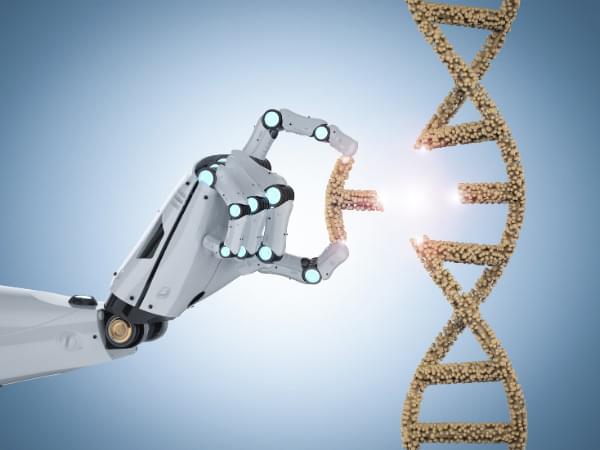


Living cells are bombarded with many kinds of incoming molecular signal that influence their behavior. Being able to measure those signals and how cells respond to them through downstream molecular signaling networks could help scientists learn much more about how cells work, including what happens as they age or become diseased.
Right now, this kind of comprehensive study is not possible because current techniques for imaging cells are limited to just a handful of different molecule types within a cell at one time. However, MIT researchers have developed an alternative method that allows them to observe up to seven different molecules at a time, and potentially even more than that.
“There are many examples in biology where an event triggers a long downstream cascade of events, which then causes a specific cellular function,” says Edward Boyden, the Y. Eva Tan Professor in Neurotechnology. “How does that occur? It’s arguably one of the fundamental problems of biology, and so we wondered, could you simply watch it happen?”

Scientists at the University of Bath have used nature as inspiration in developing a new tool that will help researchers develop new pharmaceutical treatments in a cleaner, greener, and less expensive way.
Drug treatments often work by binding to proteins involved in disease and blocking their activity, which either reduces symptoms or treats the disease.
Rather than using conventional small molecules as drugs, which are not well suited to blocking interactions between proteins, the pharmaceutical industry is now investigating the potential of making drugs using small proteins known as ‘peptides,’ which work in a similar way.
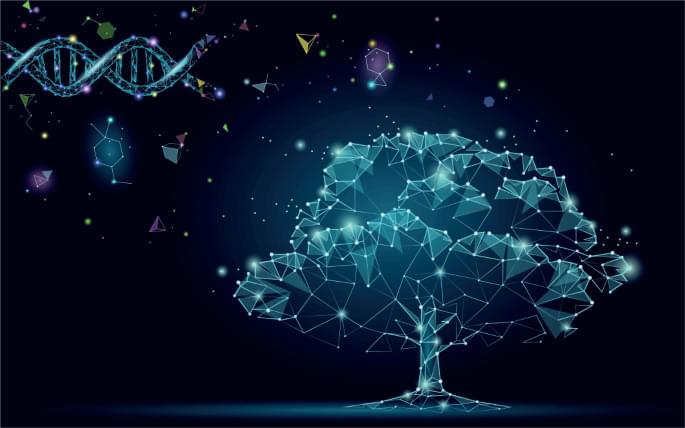
As researchers, developers, policymakers and others grapple with navigating socially beneficial advanced technology transitions — especially those associated with artificial intelligence, DNA-based technologies, and quantum technologies — there are valuable lessons to be drawn from nanotechnology. These lessons underscore an urgent need to foster collaboration, engagement and partnerships across disciplines and sectors, together with bringing together people, communities, and organizations with diverse expertise, as they work together to realize the long-term benefits of transformative technologies.
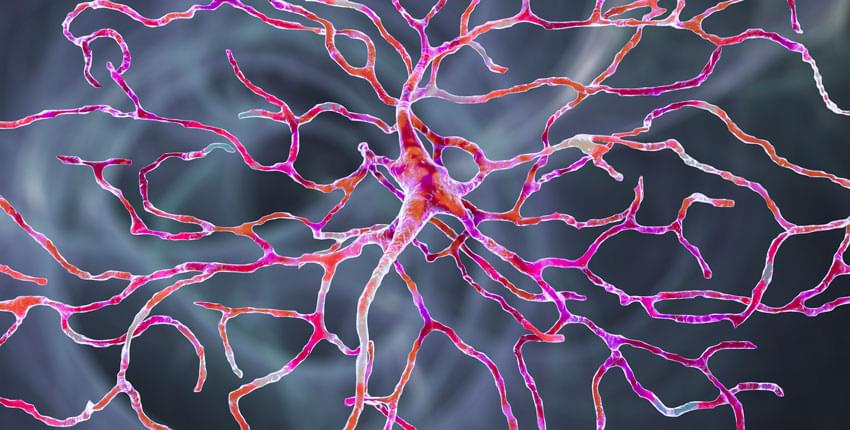
Scientists have developed a novel approach that allows stem cells to be turned into retinal ganglion cells that are capable of migrating and surviving in the eye’s retina. This approach presents a promising new treatment strategy for diseases like glaucoma, in which the loss of retinal ganglion cells caused by the disease leads to irreversible vision loss.
Glaucoma is one of the leading causes of blindness worldwide, and vision loss, due to the loss of retinal ganglion cells (RGCs), cannot currently be reversed with any treatment. Some studies have looked at replacing RGCs through cell transplants, but this process is still in the research and development stage and fraught with limitations that highlight a need for a more precise manner of effectively repopulating these cells in the retina. Now, a multidisciplinary team led by researchers at the Schepens Eye Research Institute of Mass Eye and Ear has identified a promising new strategy for glaucoma cell replacement therapy.
In their new study, researchers changed the microenvironment in the eye in a way that enabled them to take stem cells from blood and turn them into retinal ganglion cells that were capable of migrating and surviving into the eye’s retina. They conducted their study on the adult mouse retina, but the work’s implications could one day be applied to human retina, according to the researchers who published their findings November 6th in Proceedings of the National Academy of Sciences.
High-intensity interval training (HIIT) has become very popular; alternating short periods of intense anaerobic exercise with recovery periods, it is designed to help to decrease body fat, increase strength and endurance, and improve healthspan in protocols that last approximately half an hour.
But these days, even finding half an hour can be tricky – enter CAROL Bike, an exercise bike designed around Reduced Exertion HIIT (REHIT) and AI-personalization, meaning an effective workout can be delivered in just 5 minutes.
Longevity. Technology: Developed in collaboration with leading exercise researchers, CAROL Bike not only improves fitness, but increases VO₂, reduces blood pressure and decreases the risk of diabetes. Given CAROL Bike’s foundation being scientific studies, rather than just ‘feel the burn’ or ‘if it hurts, it must be working’, we were intrigued. We sat down with CAROL Bike’s cofounder and CEO Ulrich Dempfle, who leveraged his background in mechanical engineering to develop the world’s only Reduced Exertion HIIT (REHIT) bike.
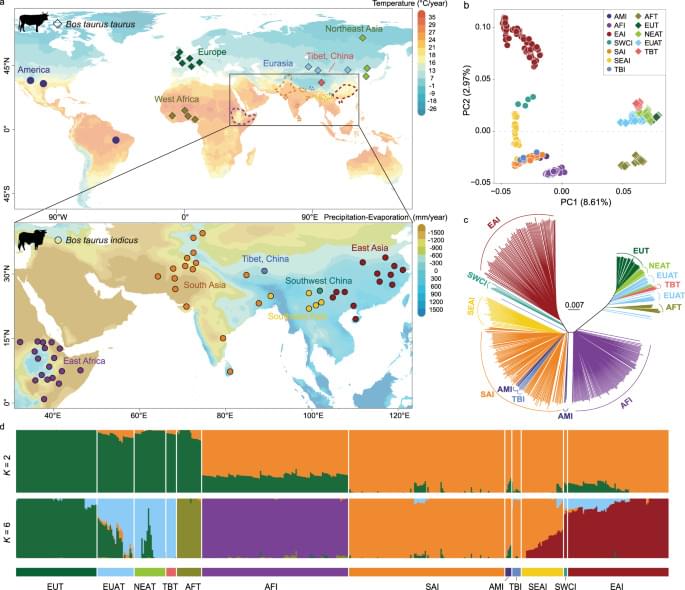
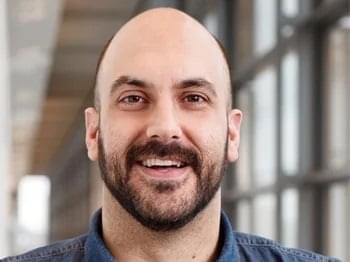
Target validation is a crucial step in pre-clinical drug discovery workflows that builds confidence on the identification of a genetic target as relevant to a disease. With recent advancements, CRISPR serves as a particularly powerful tool for this process, as it enables researchers to accurately modify genes and determine their function in a variety of experimental systems.
One scientist leveraging CRISPR gene editing in this way is Dr. Panos Zalmas, Head of the Open Targets Validation Lab based at the Wellcome Sanger Institute, whose work focuses on discovering and validating new putative disease targets for the development of safe and effective medicines.
In this SelectScience® interview, we speak with Zalmas to learn how he is working to improve the rate of target adoption into drug discovery pipelines across therapy areas such as oncology, neurodegeneration, and immunology and inflammation. Here, Zalmas explains the importance of gene editing in his target validation workflows and highlights how CRISPR technologies in particular are key to the success of drug discovery.
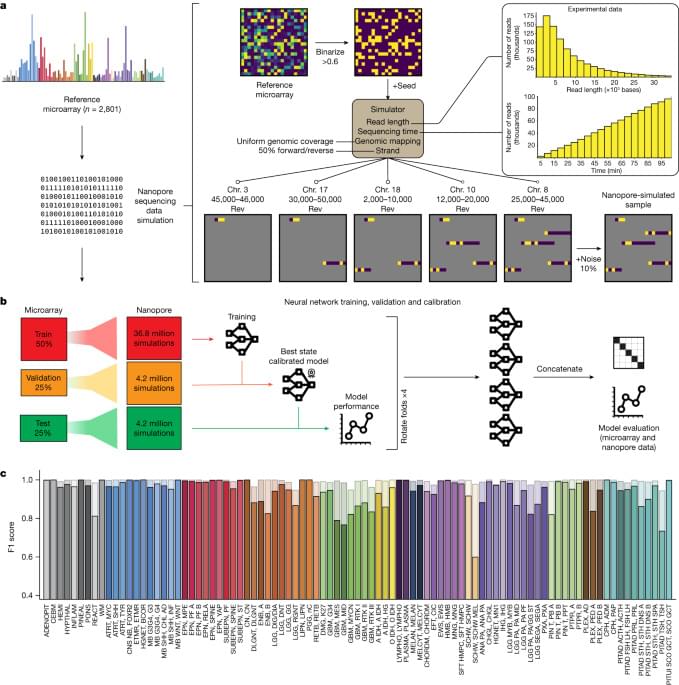

The notion of black holes is one that invokes terror and dread. They’re inescapable! They devour everything! Nothing ever comes out!
The accuracy of these beliefs falls on the spectrum of debatable to incorrect. And a pair of physicists has now calculated how proverbial blood might be wrung from the black hole stone. According to Zhan-Feng Mai and Run-Qiu Yang of Tianjin University in China, teeny tiny black holes could theoretically be used as a source of power.
Their calculations find that these ultradense objects could work as rechargeable batteries and nuclear reactors, providing energy on the scale of gigaelectronvolts.